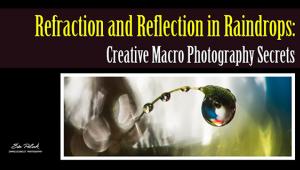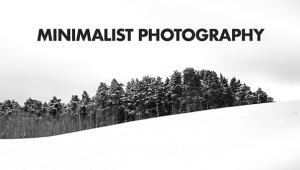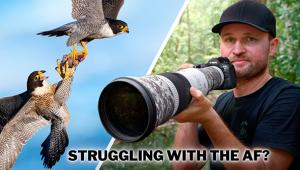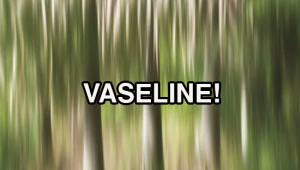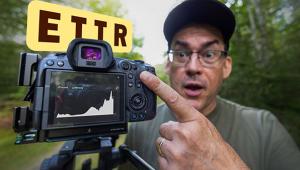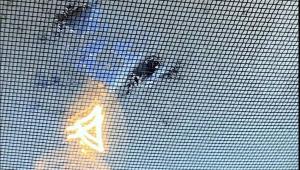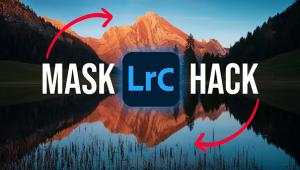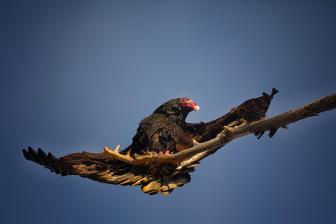Astrophotography Basics: Amazing Photos of Starlit Skies (VIDEO)

You've probably admired photos of the nighttime skies and the Milky Way, and thought these amazing images required specialized equipment and were beyond your skills. But guess what, this is a misconception as you'll see in this beginners guide from our friends at the Photo Genius YouTube channel.
Australian pro Paul Farris is an accomplished photographer who has been teaching photo workshops for over a decade. Like with the quick episode below, he specializes in tutorials designed to help beginners up their game. As he says, "taking photos of the night sky isn't just for pros," and in barely nine minutes he explains how you can get started tonight.
Farris covers all the basics from camera settings and gear, to straightforward shooting techniques that result in impressive images. A sturdy tripod is required because you'll be shooting with slow shutter speeds. Just about any DSLR or mirrorless camera will do fine—as long as long as it includes standard manual functions.
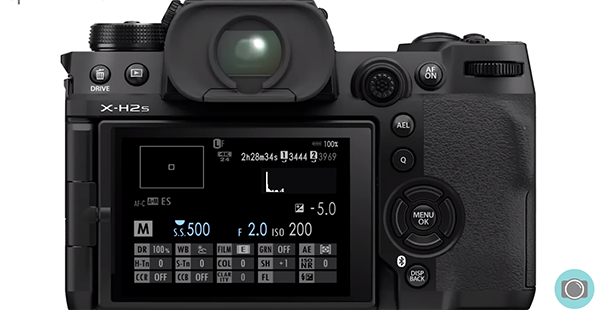
Exotic lenses aren't needed either, and even a normal 50mm will get the job done, but Farris says a wide-angle is preferable because "it will let you capture a larger expanse of the sky and include some foreground in the shot as well." Fast lenses with a wide maximum aperture are a bonus, but not absolutely essential.
The darker the sky, the brighter the stars will appear, so choosing the best location available will boost your chances of success. A remote location with minimal light pollution is ideal, so if you can get out of the city that's great. Farris realizes that this isn't always possible, so the images he features here were taken in semi-urban locations— just to show you what can be achieved near home. The phase of the moon also factors into the equation.
The first thing to do with regard to camera settings in rotate the mode dial to Manual so you can select the correct aperture, shutter speed, and ISO to suit the task. Farris then walks you through the settings he recommends for each of these variables—beginning with the widest aperture available on your lens. Shutter speed and ISO settings follow from there.

Farris then moves on to shooting tips, beginning with proper focusing techniques. If you want to include a foreground subject, he recommends using a flashlight (as a Brit he calls it a "torch"), so you can briefly focus on the subject and turn off the light before snapping the shutter. Farris notes that autofocus tends to struggle when focusing on distant stars, so manual focus is a much better choice.
The episode wraps up with a few other tips, illustrated with images captured by Farris recently in preparation for this episode. Bottom line, by following his advice, and doing a bit of practice, you'll be making beautiful images of starlit skies in no time.
There much more to learn on Farris' YouTube channel and in the tutorial we posted recently, explaining how to shoot epic landscape photos by composing with symmetry in mind.
- Log in or register to post comments


